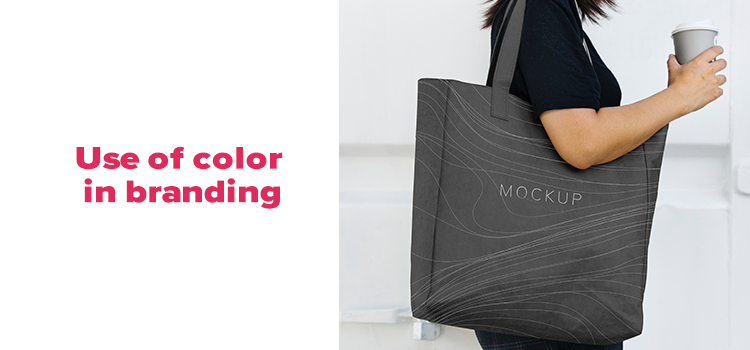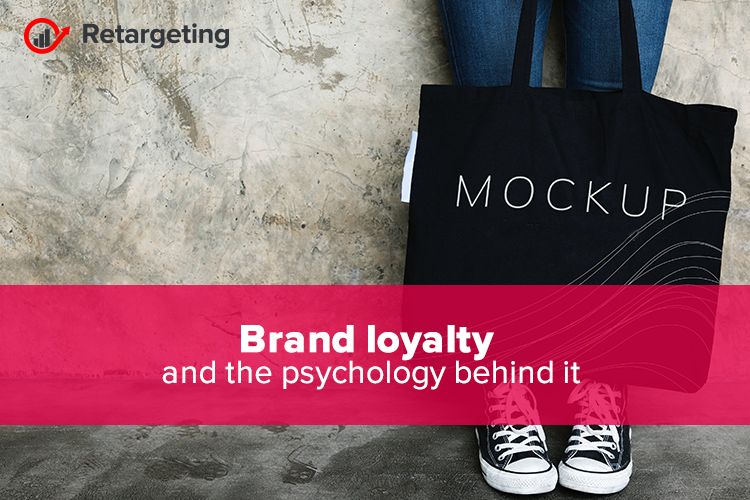How great would it be if every single one of your first-time customers kept coming back for more? Wouldn’t it be even better if they loved your brand so much that they told all of their friends about you?
If consumers elicit this type of behavior, they’ve made a connection with who you are as a company and they’ll most likely be a customer for life. But how you do generate a strong customer base that chooses to be faithful to your brand?
The answer is to build a brand that your prospects and customers love. By understanding the psychology that goes into branding specifically, you’ll be able to attract consumers who will relate to and make a mental connection with your brand’s identity.
The psychology of branding
Businesses that wish to create a strong brand must look into the five core dimensions: sincerity, excitement, competence, sophistication, and ruggedness. Each of these shape the brand’s personality depending on the image projected onto the public.
For instance, those who want to project sincerity must come across as honest and genuine in their marketing campaigns to obtain trust. Excitement can be drummed up through daring tactics, imaginative ads, and up-to-date technologies. Competence may be established by harnessing an image of reliability and efficiency. Sophistication can be communicated through glamorous events and charming ambassadors.
Steps to changing behavior
Branding specialists have identified an effective path towards changing consumer behavior. There are several steps that need to be followed in order to achieve this goal.
First is to interrupt the old pattern in order to make way for the new. Next is to create comfort for the consumer to begin appreciating the shift. Then the imagination must be led to a new normal.
Shift the feeling in favor of the brand and follow it up by satisfying the critical mind. When doubts begin to surface, make sure that there are answers to quell them. Cement the gains by taking action and changing the associations.

Use of color in branding
Every successful brand has a color palette they leverage within their branding. Colors are used for more than just making things look pretty; they actually elicit emotion, whether you notice it or not.
Depending on what feelings you want your consumers to feel when associating with your brand, you may want to choose a specific color scheme that matches what you’re trying to achieve.
The use of color is an interesting strategy that is often used by marketers to increase brand appeal. Different colors tend to represent different ideas so products must be designed with these in mind. What people see will determine how they feel about the brand’s personality. Make sure that their perception aligns with what the business wants to convey.
Choose your words carefully
Words must also be chosen carefully. Product names often go through rigorous consultations before they are finalized. Consumers tend to go for names which sound more expensive than the competition. If they read something plain, then they are likely to look elsewhere. They make value judgments based on their perception of sophistication.
You need to understand who you’re trying to target. Know the emotions you want them to feel. Understand how messaging can influence the perception of your company. Only then you can properly influence your potential buyers in a way that will resonate with them more than if you were to simply focus on marketing your product’s features or benefits.
The sense of belonging and achievement
Another way you can use psychology in branding is by crafting a sense of belonging and achievement. Brands can identify themselves as belonging to a certain social categorization such as the youth. Loyalty is fostered by telling the target consumers that the brand is on their side as opposed to their competitors.
Shopping as an experience
The act of shopping may also be elevated from a simple task into an experience with the brand. The stores should act as the physical manifestation of everything that the business wants to convey to the public. All of the details of the design must reflect the prevailing image so that there is no cognitive dissonance.
Tips for brand marketers
Actions speak louder than words. Therefore, be mindful of what the brand does because these will leave a bigger impact on the minds of people than any of the words they hear. It values should be reflected in its actions. Any disconnect will be perceived as a lack of sincerity.
Brands should speak for themselves through interactions with customers. This is now expected in the age of social media. When people have inquiries and complaints, they want to speak directly to a brand representative to set things straight. Quick action is required to mitigate problems and turn irritation into satisfaction.
Marketers must get to know their target audience in order to tailor their efforts in an appropriate manner. They need to have a solid grasp of the brand’s purpose, the needs it plans to fulfill, and how the brand will inspire the consumer to believe to the point of loyalty.

